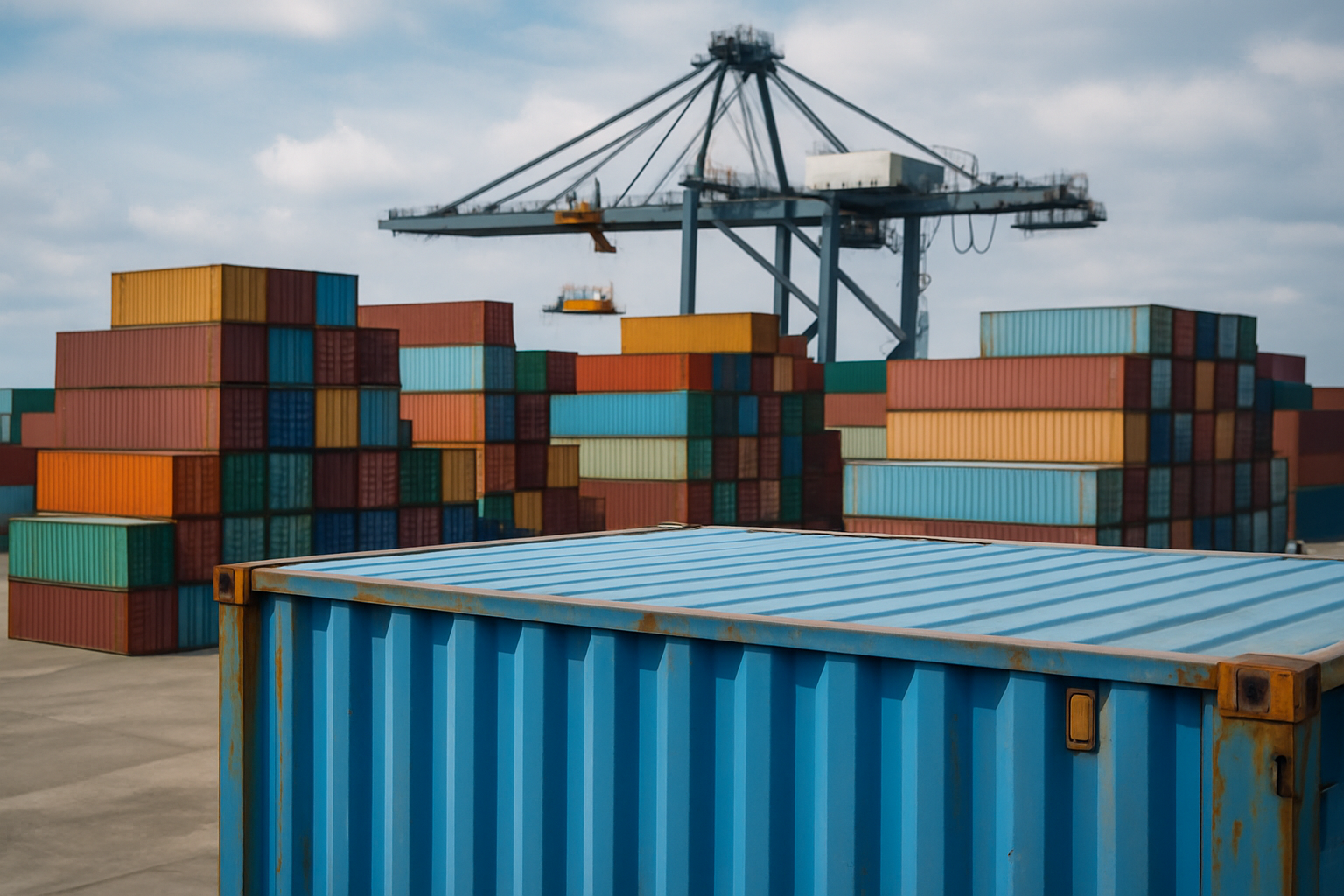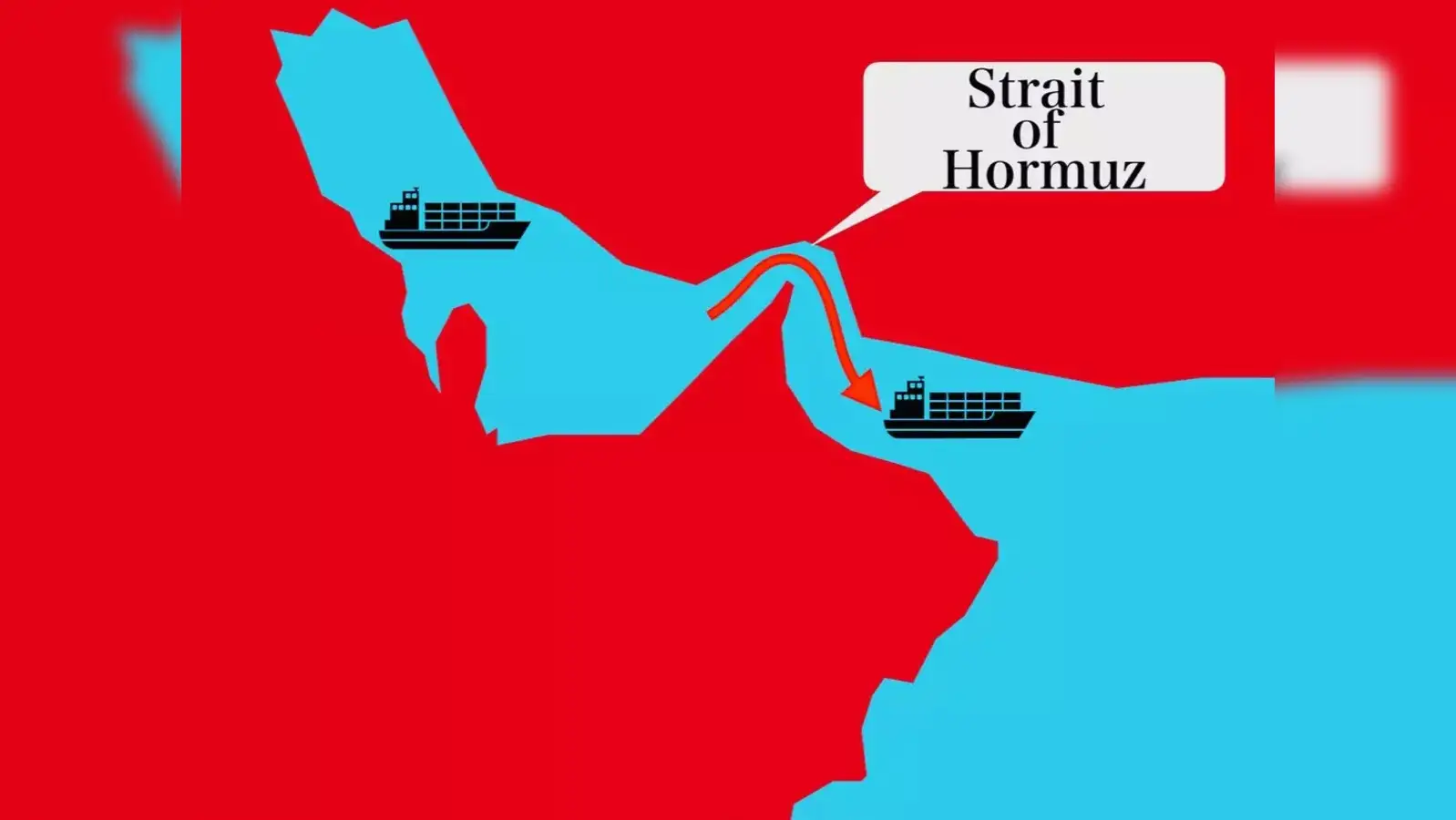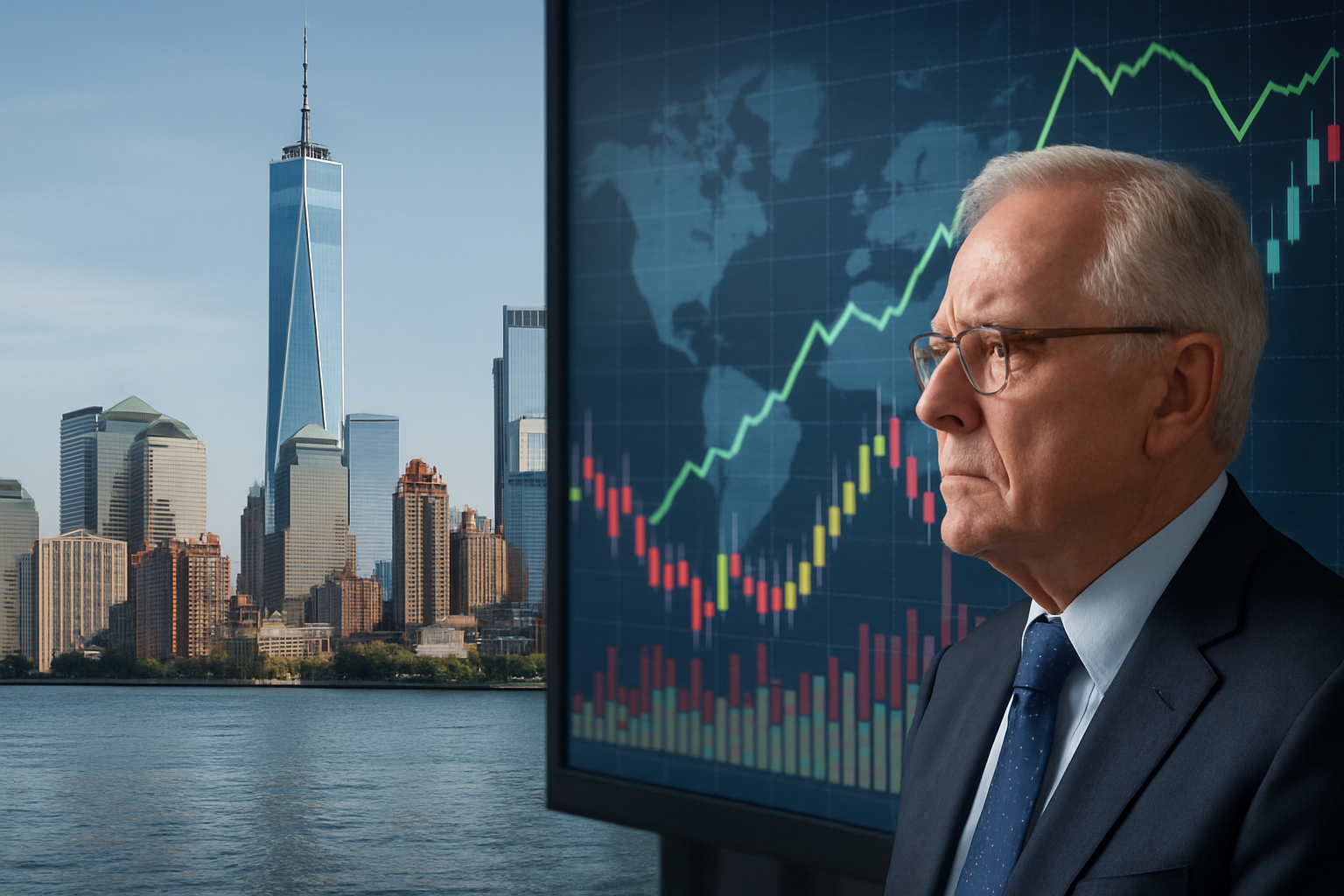A New Era for Global Markets Trade Begins
Global Markets Trade
The world of international trade is experiencing a wave of transformation. With shifting alliances, evolving technologies, and complex policy decisions, the once-predictable flow of global commerce is now undergoing disruption. These changes, while challenging, also present a chance to reimagine systems that have long driven the global economy.
In today’s trade environment, no country remains unaffected. Both large economies and developing nations are navigating unprecedented changes. Consequently, businesses, governments, and consumers must adapt quickly or risk being left behind.

Global Markets Trade Technology Disrupts Traditional Trade Dynamics
One of the most visible drivers of change is technology. From digital logistics systems to AI-enhanced supply chain forecasting, tech is reshaping every link in the commercial chain. Furthermore, digital trade agreements are gaining ground, setting new standards that emphasize data security, intellectual property rights, and cross-border e-commerce.
As a result, companies that adopt technology innovations early tend to gain competitive advantages. Nevertheless, small businesses often face challenges in accessing and implementing such technologies, thereby widening the technology divide in global trade.
Supply Chains Move Toward Regional Resilience For Global Markets Trade
In the wake of global markets trade, many industries are reevaluating the structure of their supply chains. Rather than relying solely on efficiency, there is a growing emphasis on resilience and regional sourcing. This trend marks a significant shift from previous decades when globalization prioritized cost reduction and speed.
Countries are also reshoring or near-shoring production to reduce dependence on politically sensitive partners. While this approach may increase short-term costs, it fosters long-term stability and responsiveness.
Global Markets Trade Geopolitical Shifts Alter Trade Priorities
The political landscape has a profound influence on trade. Recent years have seen a rise in protectionist policies, renegotiated trade deals, and regional partnerships. As trade becomes increasingly politicized, countries must balance national interests with international obligations.
For example, some nations are strengthening regional blocs, such as ASEAN or the African Continental Free Trade Area. In contrast, others are engaging in bilateral negotiations to secure their interests. Although this multi-track can lead to complexity, it also encourages innovation in trade strategy.
Environmental Standards of Global Markets Trade and Ethical Trade Take Center Stage
Sustainability has become a priority in trade. Environmental regulations, carbon border adjustments, and eco-labelling now shape which goods flow across borders. Moreover, ethical concerns such as fair labor practices and responsible sourcing are influencing purchasing decisions at both corporate and consumer levels.
Governments and organizations are therefore pressured to demonstrate transparency and commitment to environmental goals. Meanwhile, businesses that ignore sustainability risk losing market access or reputational value.
Inflation and Currency Volatility Add Complexity Global Markets Trade
In addition to structural changes, the global economy is dealing with inflationary pressures and currency fluctuations. These challenges affect the pricing of exports and imports, creating uncertainty for businesses planning international transactions.
Although financial tools can manage some of this risk, volatility still long-term contracts and investment in foreign trade operations. Consequently, businesses are becoming more cautious and strategic in entering or expanding into global markets.
Digital Currencies and Trade Fintech Gain Ground
Another trend reshaping global commerce is the rise of digital currencies and financial technologies. Central bank digital currencies (CBDCs) and blockchain-based payment systems are being tested across various markets. These innovations promise faster, more secure, and transparent trade settlements.
Still, questions about regulation, security, and international standards remain. Therefore, collaborative frameworks must be established to ensure interoperability and prevent misuse.
Developing Economies Push for Equal Participation
Emerging markets are increasingly demanding a greater voice in global trade governance. These countries often face trade barriers, unfavorable terms, and lack of infrastructure. However, with the right support, they can contribute significantly to global growth.
International organizations are being called upon to update their policies, promote inclusive trade, and invest in building capacity. Such changes could unlock new partnerships and diversify global trade flows.
Conclusion: Strategic Vision Required for the Next Chapter
The future of global trade will be defined not just by technology or politics, but by the choices that governments, industries, and communities make in response to current disruptions. Adaptation is not optional—it is essential.
To navigate this shifting landscape, stakeholders must collaborate, innovate, and embrace change. Only through shared vision and resilience can the global economy continue to thrive in a world defined by constant transformation.




